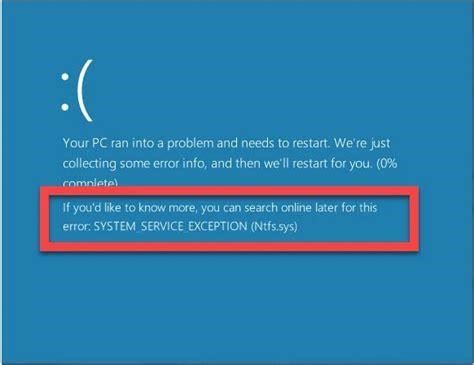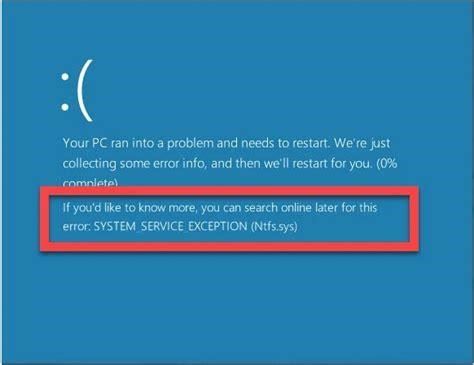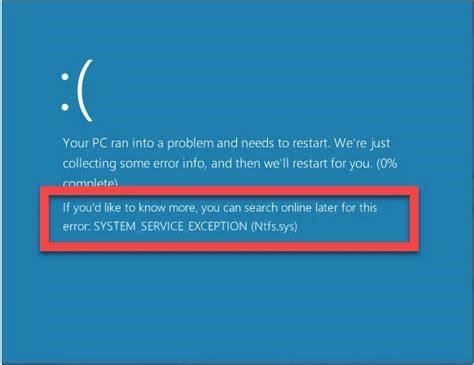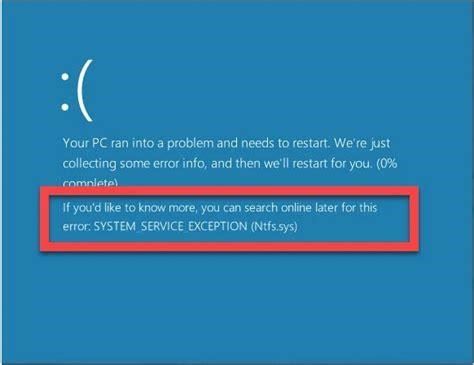Mastering the Windows Operating System: A Deep Dive for Power Users
Windows remains the world’s most popular desktop operating system, powering over 75% of PCs globally. With its user-friendly interface and ubiquitous presence, millions rely on Windows to work, play, and live their digital lives.
Yet beneath its familiar facade lies a complex ecosystem brimming with cutting-edge features. While casual users skim the surface, power users can unlock Windows’ full potential by mastering its advanced capabilities. This guide dives deep, revealing how you can optimize Windows to boost productivity, enhance security, and customize your computing experience.
Troubleshooting "Virus Scan Failed" Errors
A common frustration Windows users face is the dreaded "Virus scan failed" error when attempting to download files. This issue arises from Windows’ built-in attachment scanning protection. Although well-intentioned, overzealous antivirus settings can block harmless downloads.
Luckily, expert Windows users have identified several effective troubleshooting techniques to bypass erroneous "Virus scan failed" warnings:
-
Restart your browser:Simply closing and reopening Chrome, Edge, or Opera often eliminates transient glitches producing false positives. For Chrome, quickly restart by typing
chrome://restartin the address bar. -
Clear browsing data:Emptying your browsing history, caches and cookies also flushes out problematic antivirus flags. Use your browser’s privacy settings to wipe the slate clean.
-
Update your browser:Maintaining the latest browser version eliminates bugs that mistakenly trigger virus warnings. Always keep Chrome, Edge and Opera updated.
-
Disable antivirus software:Temporarily switching off overzealous antivirus programs may reveal if they are the culprit. But exercise caution before disabling security software.
-
Modify the Registry Editor:Adjusting Registry Editor settings directly controls Windows’ attachment scanning behavior. After backing up the Registry, navigate to
HKEY_CURRENT_USER\Software\Microsoft\Windows\CurrentVersion\AttachmentExecuteand change theScanWithAntivirusvalue from 3 to 1. -
Try an alternate browser:If all else fails, install a secondary browser like Firefox as a workaround for downloading blocked files.
With these pro tips, you can swiftly resolve "Virus scan failed" annoyances and enjoy unfettered downloading.
Maximizing Windows Performance, Speed and Stability
Beyond resolving specific issues like false virus warnings, optimizing overall Windows performance empowers your productivity. A finely tuned OS boots faster, runs smoother and crashes less. Here are expert-recommended tweaks for unlocking Windows’ full potential:
-
Clean up disk drives:Eliminate disk clutter by removing unneeded files, clearing caches and uninstalling unused programs. Defragment drives to consolidate free space.
-
Adjust visual effects:Disable fancy visual effects like transparency to reduce graphical overhead. Also disable background animations and desktop gadgets.
-
Close background apps:Suspend resource-hogging apps not in use via Task Manager. Limit startup programs to the essentials to improve boot speed.
-
Update hardware drivers:Outdated drivers cripple performance. Use Device Manager to update motherboard, graphics card and peripheral drivers.
-
Adjust power settings:Switch power plans from power saver to high performance for intensive workloads. Change advanced CPU and GPU settings to favor speed over efficiency.
-
Reinstall Windows:If all else fails, reset Windows by reformatting drives and performing clean installs. Backup data and reconfigure apps for a like-new OS.
With some technical know-how, you can transform even older Windows PCs into smooth, responsive powerhouses.
Customizing the Windows Interface and User Experience
Beyond performance, Windows invites customization for individual work styles. Adapt the interface via these personalization techniques:
-
Rearrange Start Menu:Drag and drop apps to customize Start Menu layouts. Create organized folder groups topin favorite programs.
-
Customize Taskbar:Only pin frequently used apps to the taskbar. Use small icons to save space and combine buttons.
-
Personalize themes:Change system colors, backgrounds, sounds and cursor themes for visual flair. Download third-party visual packs for radical makeovers.
-
Tweak file explorer:Adjust File Explorer options like default view type, hidden files and layouts. Install add-ons to enhance features.
-
Set up multiple desktops:Use virtual desktops to organize work, personal computing, gaming or other contexts into separate desktops.
Don’t settle for Windows’ default settings. Tailor the interface to boost your productivity and enjoyment while using your devices.
Conclusion
Becoming a power user unlocks Windows’ full potential. Debug errors quickly, optimize performance, and customize workflows tailored to your needs. We hope these tips help you master Windows like an expert. What strategies do you use to enhance your Windows experience? Let us know in the comments!




